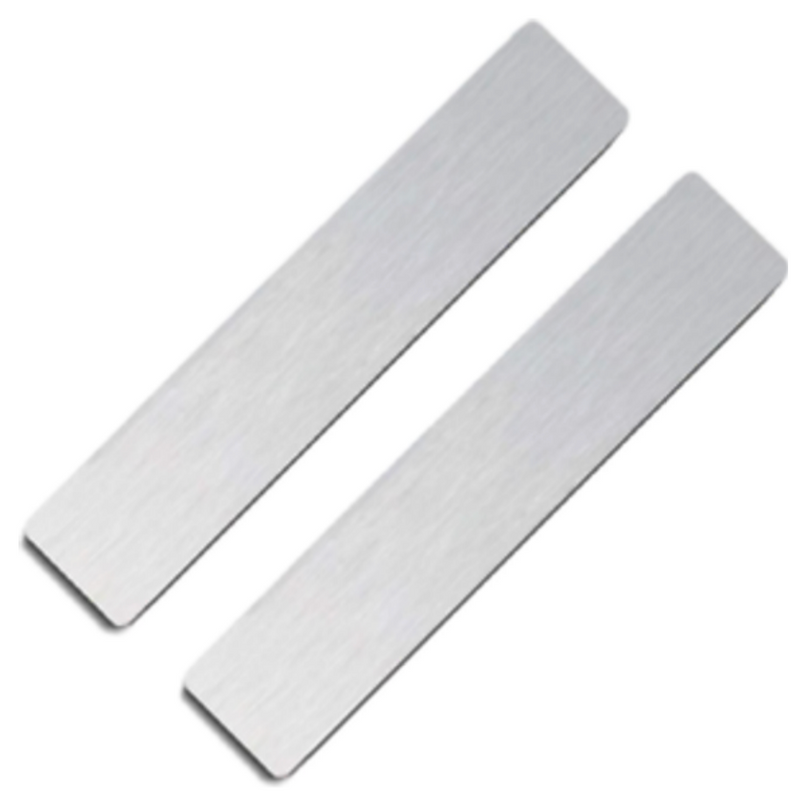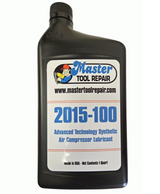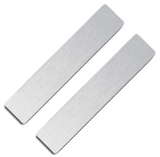Replacing Your Air Compressor's Reed Valves to Restore Peak Power
If your air compressor is running sluggishly, struggling to reach maximum PSI, or taking forever to fill the tank, the issue might be small but critical: failing reed valves.
Reed valves are simple yet essential components in your compressor's pump. They act as one-way gates, controlling the flow of air into and out of the compression cylinder. When they fail, efficiency plummets, and your compressor becomes unreliable.
The good news? Replacing them is a straightforward repair that can save you the cost of buying a whole new unit. At Master Tool Repair, we specialize in making this repair easy with the exact, high-quality reed valves you need.
The Warning Signs of Bad Reed Valves
A failing reed valve will always manifest as a loss of performance. Look out for these telltale signs:
- Reduced Air Pressure (PSI): The most common symptom. If your compressor can't maintain its usual maximum pressure, the valves are likely leaking air back through the pump.
- Slow Fill Times: The pump runs longer than normal to fill the tank, wasting energy and time.
- Constant Cycling: Your compressor may short-cycle or run continuously, indicating the system is struggling to keep up with demand due to poor efficiency.
- Air Leaking at the Intake Filter: If you hear or feel air spitting back out of the intake manifold while the unit is running, it's a clear sign that a valve is not seating correctly. You should only feel suction into the pump’s intake.
- Unusual Clicking or Noise: Damaged or cracked valves can create a distinct clicking sound during operation.
Step-by-Step: Replacing Your Reed Valves
Replacing a reed valve often involves replacing the entire valve plate assembly. Always refer to your specific compressor's manual for exact instructions, but here is the general process:
- Safety First (Crucial!): Unplug the compressor and manually bleed the tank to ensure all pressure is relieved.
- Remove the Head: Disconnect any copper lines (like the unloader tube) attached to the cylinder head, then unbolt and remove the cylinder head from the pump.
- Examine the Valve Plate: The reed valves are typically mounted on the valve plate, located directly beneath the head. Look for cracks, bends, or carbon build-up on the metal reeds.
- Replace the Valve Plate/Reeds: Depending on your model, you may replace individual reeds or, more commonly, the entire valve plate assembly. Master Tool Repair carries complete kits, making replacement quick and error-free.
- Reassembly: Clean the mating surfaces, install new gaskets (always use new gaskets!), and reassemble the pump head, torquing the bolts to the manufacturer's specification.
- Test: Plug the unit in and test its ability to build and hold pressure.
Find the exact OEM reed valves for your air compressor by searching for either the part number listed in your manual or by the make and model number of your compressor. You can search by either criterion very easily at Master Tool Repair.
Don't let a small, affordable part sideline your valuable air compressor. Replacing your reed valves is a manageable maintenance task that ensures your tools get the consistent, powerful air supply they need. Master Tool Repair has the exact OEM-quality reed valves, valve plate assemblies, and gasket kits for nearly every major air compressor brand.
Recent Posts
-
The Quiet Killer: How a Clogged Air Compressor Filter Destroys Your Pump
A well-maintained air compressor is the lifeblood of your workshop or job site. It runs reliably, re …Nov 19, 2025 -
The Benefits of Synthetic Air Compressor Oil: Why It's Worth the Investment
Your air compressor is a powerhouse, an indispensable tool that keeps your business running. Yet, th …Nov 11, 2025 -
Replacing Your Air Compressor's Reed Valves to Restore Peak Power
If your air compressor is running sluggishly, struggling to reach maximum PSI, or taking forever to …Nov 5, 2025




